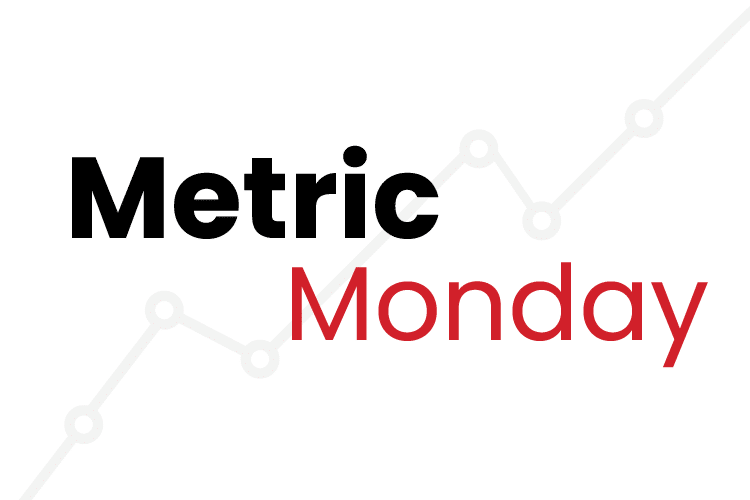Restaurants are many things. They’re community gathering places and stages for celebrations and pivotal life events. They’re where careers begin and flourish and, for many guests, a sanctuary from the rushes of everyday life. Restaurants are also big, living math problems. Raw ingredients and staff enter the kitchen, and guests step through the front. A metric can be attributed to every moment someone spends inside the restaurant, be it a cook or a happy hour patron.
Since the first restaurants opened, be it the thermopolium of ancient Greece or Newport, Rhode Island’s White Horse Tavern, née 1673, pinning down all these variables accurately and quickly has been too difficult. There’s too much happening too quickly in any restaurant on any given day.
Today, thanks to integrated, purpose-built restaurant enterprise management technology, restaurant leaders can gather and see all this information in real-time. The only puzzle piece left is consolidating it all in one place where data can be easily visualized, analyzed, compared, and adjusted across different metrics like time or geography. Enter the dashboard.
Key Restaurant Metrics
Before cooking up any dashboards, it’s essential to understand some key metrics, which include:
Sales Per Labor Hour
Sales per labor hour (SPLH) measures staff productivity in the form of revenue against labor hours recorded. SPLH analysis can help determine your return on labor investment. To calculate sales per labor hour, divide the total revenue earned by the number of labor hours worked by all employees.
Entrees Per Labor Hour
Restaurant sales can also be further defined by patrons who purchase entrees and how many. The advantage of counting only entrees is that it is easier to tie productivity to the average check of those guests who have an entire meal. While sales are listed in dollar terms, entrees are listed in raw amounts.
Forecasted Metrics
This can include any metric that, rather than being tallied as they accumulate during the day or week, is based on your budgets and forecasts. A budget is a static outline of your business’s performance for the upcoming year. A forecast is a more fluid operational tool that can be adjusted based on business. With integrated restaurant management software, your business can easily access and analyze historical sales, purchasing, and labor information to create forecasts and budgets that can help benchmark future performance and exceed it in pursuit of growth.
Actual v. Theoretical or Scheduled
Also known as AvT, these metrics can apply to raw ingredients, recipe costs, and labor. Your theoretical amounts are based on preset schedules, budgets, forecasts, and vendor contracts. Actuals are based on what happens within the restaurant’s four walls or for delivery customers. So while your guacamole, for example, may have a theoretical cost of $1.13 per serving, the prep cook using too many avocados just as avocado prices are spiking could be driving it up to $2. The same goes for labor, and those staff members who forget to punch out, driving up your labor spend.
Dashboards to Consider
All the above metrics, and many others, are powerful starting points for restaurant leaders. However, an all-in-one, integrated restaurant enterprise management platform can empower you to do more than create a single chart or graph of one specific metric. By combining multiple visualizations of restaurant performance on the same screen, owners, operators, and store-level managers can get a complete image of every aspect of the business and actionable, profit-driving insights. Additionally, by breaking out different departments into their own dashboards, leaders can dig even deeper to refine operations and make the small changes that yield big results.
Intraday Dashboard
The most powerful metrics for restaurant leaders are real-time. Store-level managers, for example, can see when sales are slowing down or picking up unexpectedly and adjust staffing on the fly to reduce labor costs. Compared to waiting for month or period-end reports and hoping to solve a problem that might now be out of control, seeing how the business is performing live is a powerful tool that empowers leaders to build growing margins. An intraday dashboard could include:
- Sales
- Scheduled and actual SPLH
- Scheduled and actual EPLH
- Scheduled and actual labor percentage
- Gross sales by time
- Gross sales by delivery channel
Labor Dashboard
As one of the two most significant cost drivers in the restaurant, small shifts in labor costs can seriously impact the bottom line. By monitoring labor performance and cost across several parameters, restaurant leaders can optimize labor to minimize expenses without sacrificing guests’ experiences. A labor dashboard could include:
- Scheduled and actual shift count
- Scheduled and actual wages
- Scheduled and actual hours
- Gross sales by server
- Gross sales by hour
Sales & Product Mix Dashboard
Seeing aggregate topline sales is always a good thing, especially in real-time. But breaking that number down into constituent parts can empower restaurant leaders to more efficiently manage servers and kitchen staff, inventory, and ordering. A sales and product mix dashboard might include:
- Net sales
- Average check
- Guest count
- Check count
- Sales by delivery channel
- Sales by menu item
- Top selling items
Conclusion
The importance and benefits of dashboards grow further when restaurant leaders at all levels can zoom in and out on various levels of the business. While managers will spend nearly all their time in dashboards that illustrate their location’s performance, directors and operators can see every aspect of multiple stores and then drill drown into the specifics to either troubleshoot or get a play-by-play of best practices to share companywide to drive profitability and, ultimately, growth.



